Blog
6 Fun & Easy Ways to Mentally Stimulate Your Dog
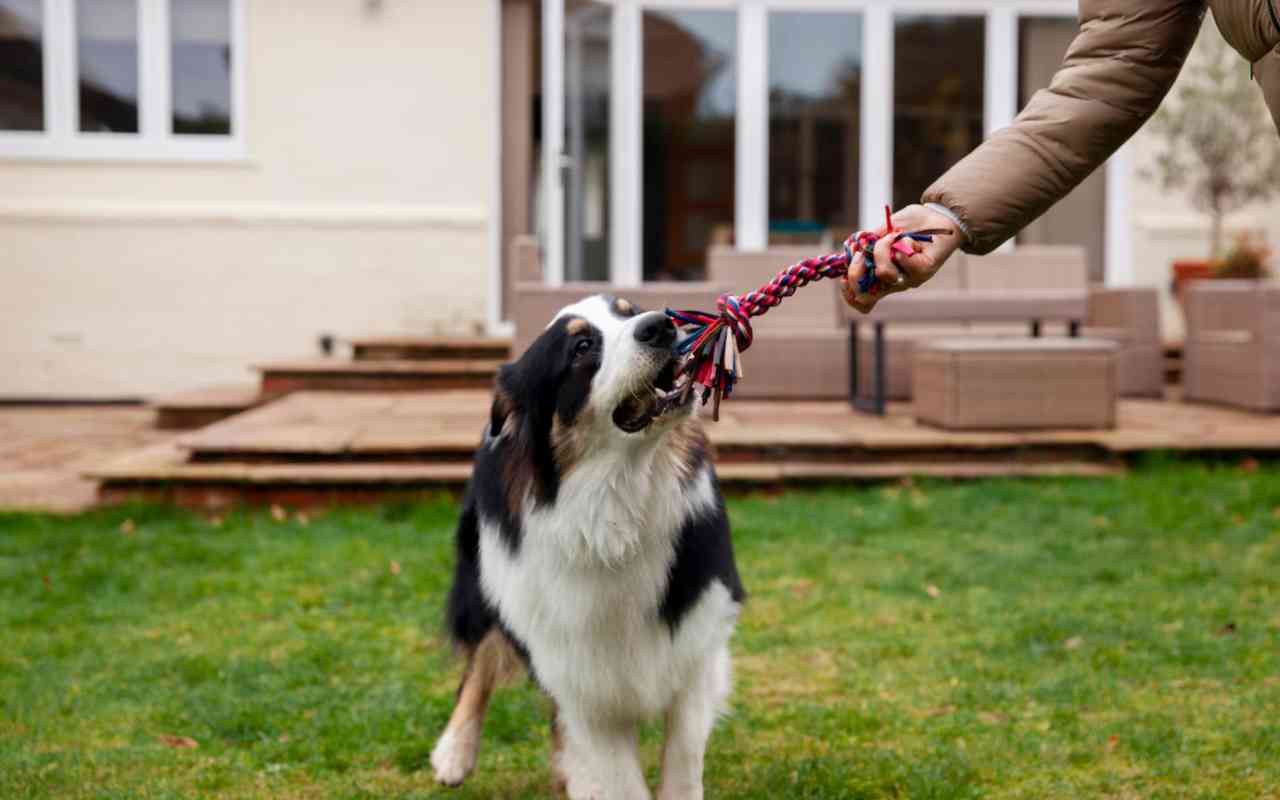
When people think about caring for a dog, they usually focus on fulfilling their physical needs like food, exercise, and grooming. But they always overlook the need for mental stimulation, which is also important for a dog’s well-being.
Luckily, there are lots of fun and simple ways to keep your doggie active and engaged. In this article, we’ll explore 6 fun mental stimulation activities!
Let’s dive in!
RELATED: 4 Benefits of Interactive Dog Puzzle Toys
Contents
Why is Mental Stimulation Important for Dogs?
Dogs are highly intelligent animals with active minds. Providing mental stimulation is just as vital for their well-being as physical exercise. In fact, mental activities can be even more tiring for dogs than physical ones, especially for high-energy working breeds like German Shepherds and Border Collies.
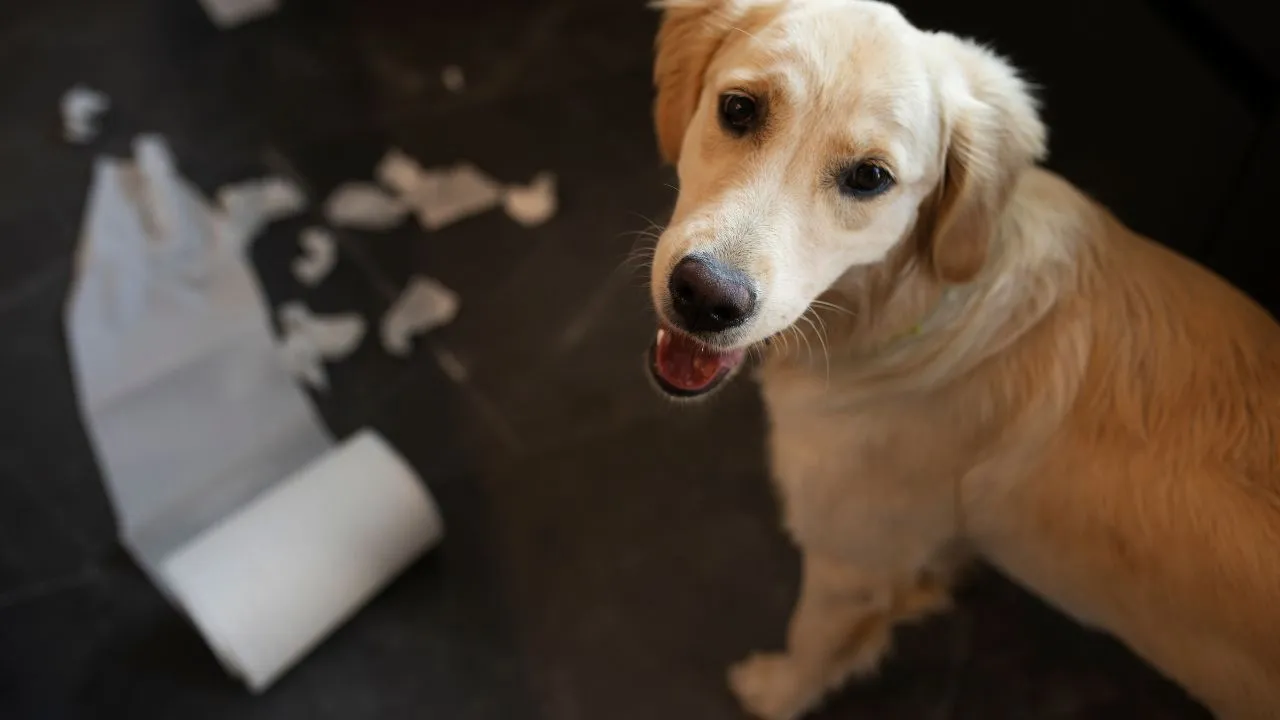
Regular mental stimulation has many benefits for our canine buddies:
- Improves overall mental health and prevents anxiety or depression
- Enhances cognitive function and problem-solving skills
- Builds confidence through learning new skills
- Provides an outlet to release stress and frustration
- Helps curb destructive behaviors like chewing and digging resulting from boredom
- Decreases hyperactivity and restless energy
- Provides a thorough workout for the brain to truly tire them out
- Aids proper brain development in puppies
- Keeps dogs engaged and happy in daily life
Is Your Dog Bored?
Our domesticated dogs still retain strong instincts from their wild ancestors – the need to be part of a social group with purposeful work to do. Yet many pet dogs spend long hours alone at home with minimal tasks or interaction. Understimulation can quickly lead to boredom and associated problematic behaviors.
Signs your dog may be bored and lacking mental stimulation include:

- Chewing furniture, pillows, and garbage when left unsupervised
- Knocking over the trash in search of food or fun
- Digging holes all over the yard
- Over-the-top excitement when you return home
- Constantly demanding attention and play
- Pacing or appearing restless with no way to release pent-up energy
- Excessive licking themselves
- Escaping or wandering away from home
- Frequent barking for no reason
- Chasing their own tail endlessly
- Picking fights with other pets out of frustration
While some of these behaviors may have alternative causes, such as separation anxiety, it’s essential to have a conversation with your veterinarian to determine the primary source of any problematic activities. However, more often than not, incorporating additional mental stimulation proves to be the straightforward solution.
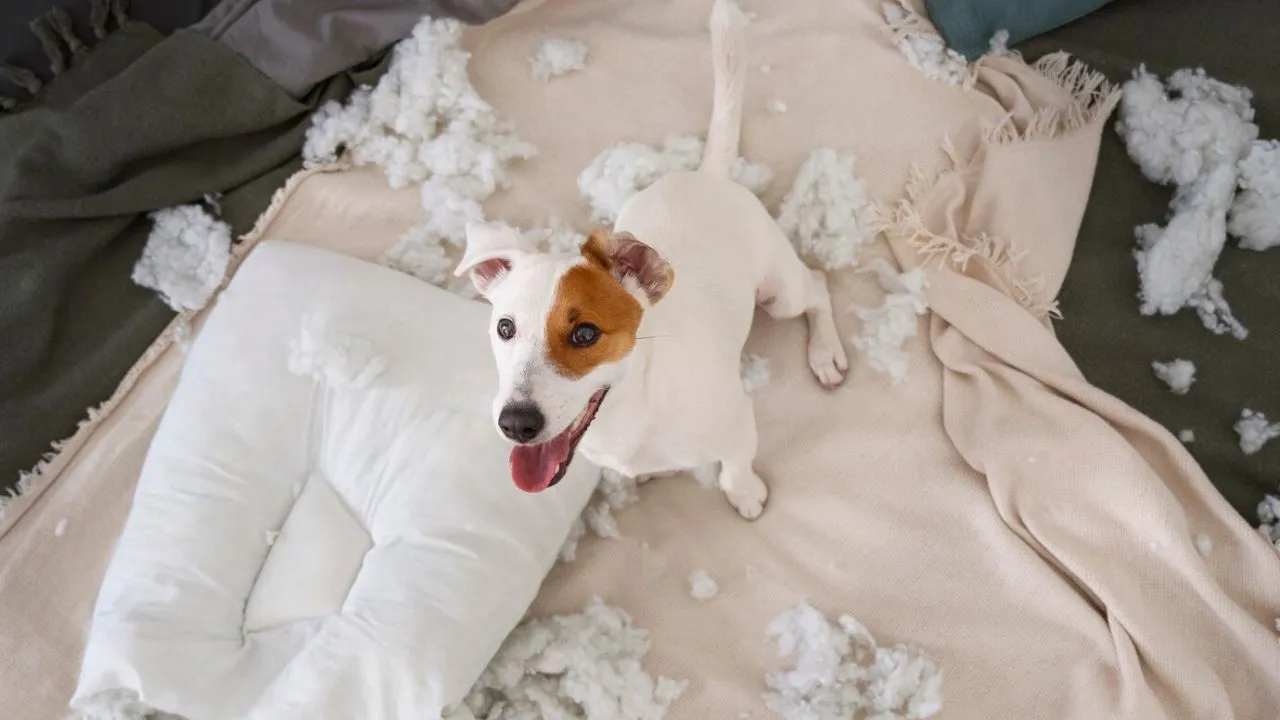
How to Mentally Stimulate Your Dog
As a dog parent, I know firsthand how important it is to provide mental stimulation for my furry friend. Drawing from my personal experience, I have identified these 6 simple yet highly effective methods to keep a dog’s mind active and engaged.

#1 Explore and Sniff New Places
One of the simplest ways to provide mental enrichment for your dog is to let them explore new sights and smells. Dogs gain most of their information about the world through their powerful sense of smell. When you bring them to new places, they are exposed to many novel and intriguing scents that provide excellent mental stimulation.
Try changing up your usual walking route and go somewhere completely new. Visit different parks, trails, beaches, or hiking areas that provide fresh sensory experiences for your pup. If possible, make an outing to a new place at least once a week. This could be as simple as driving to the other side of your neighborhood or a park across town.
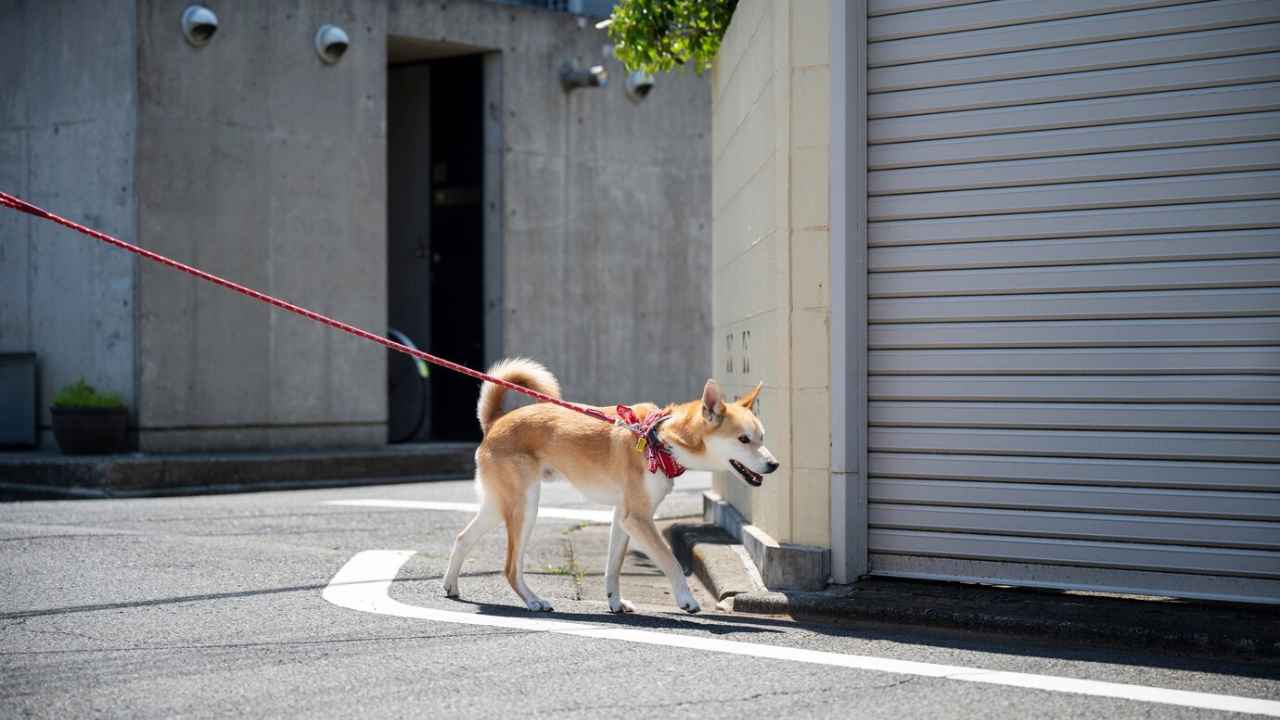
Varying their exercise location regularly prevents your dog from getting bored and gives their brain a workout as they interpret all the new smells. This way, they can interpret all the new smells and stay engaged.
When you take them for walks, allow them time to stop and thoroughly sniff areas that pique their interest. Don’t rush them along or pull them away constantly. Sniffing and exploring is how dogs read and interact with their environment.
By satisfying their curiosity and letting them fully engage with exciting new scents, you’ll keep them mentally stimulated. A long sniff walk in an unfamiliar place can tire out your pup just as much as a high-energy play session. So get your leash and head out to provide your buddy with some brain exercise!
#2 Play With Food Puzzles and Interactive Toys
While activities like games and walks are great for physical exercise, dogs also need mental stimulation to keep their minds sharp. Engaging their curiosity and problem-solving skills with food puzzles and interactive toys can give their brains a vigorous workout.
SHOP NOW
Food puzzle toys are generally designed to make your dog earn their meals and treats through play. Snuffle mats, puzzle feeders, treat-dispensing balls, and food mazes all encourage your pup to use their noses and paws to get the goods. Interactive toys add an element of unpredictability and challenge. These can include ropes, plush toys with hidden squeakers, treat balls, and interactive dog puzzles.
The mental effort of manipulating these toys and puzzles satisfies your dog’s innate need to hunt, forage, and work for their food. This taps into their natural abilities and instincts.
VIEW MORE
Additionally, mentally draining your dog with play sessions focused on food puzzles and interactive toys prevents boredom-related behaviors like barking or chewing. Their brain gets a vigorous workout as they try to solve the mysteries of the toys!
When starting out, it’s recommended to begin with 10-15 minutes of play and then increase the time as your dog’s skills progress.
These food puzzles are excellent for rainy days or times when you can’t get outside. A morning puzzle session can prepare your dog for a relaxing day while home alone, as their mind is pleasantly tired. Interactive mental stimulation is a great addition to any enrichment routine.
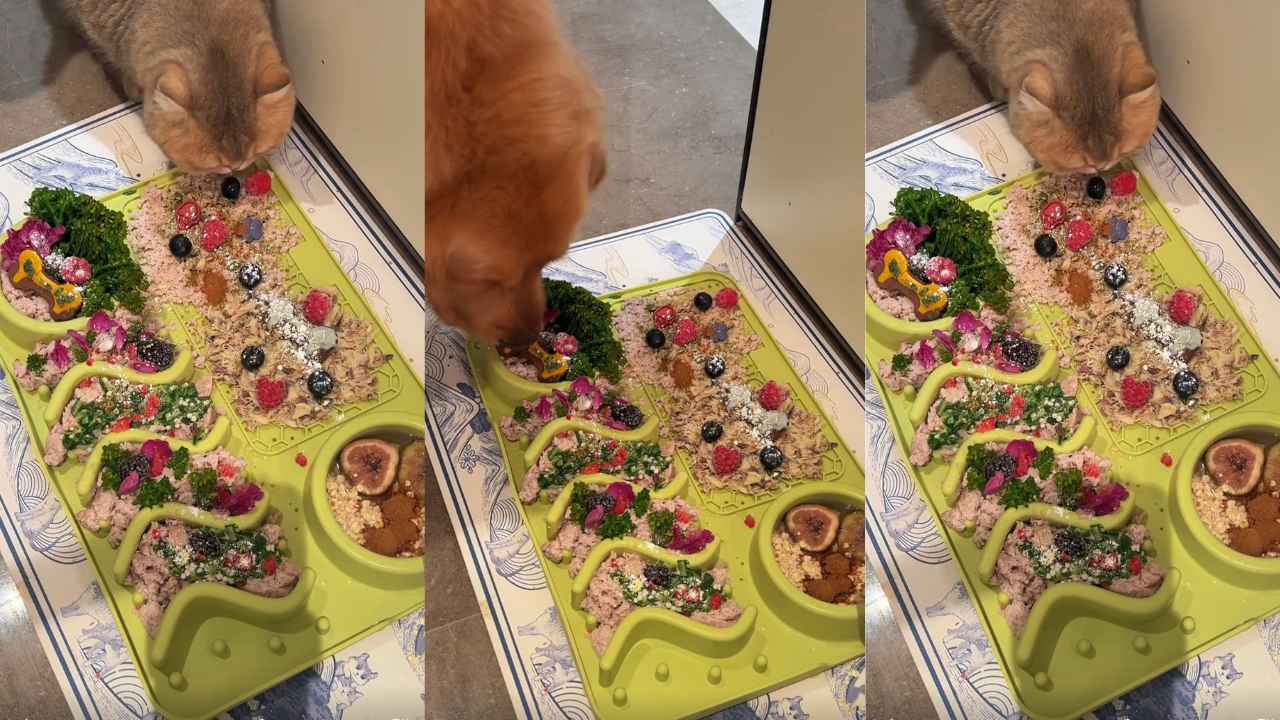
#3 Rotate Dog Toys
Just like children, dogs have a similar mental perspective. They love their toys, but over time, they can get bored of them. A straightforward strategy to keep your dog engaged is to have only a few toys available at any given time while keeping the rest out of sight.

Periodically swapping the toys your dog can play with is an effective way to maintain their appeal. This approach keeps your dog’s interest in their toys fresh, helping to stave off boredom. It’s as if they’re discovering their toys anew each week.
#4 Socialize With New People and Dogs
Introducing your dog to new people and other dogs is another effective way to provide mental stimulation. This kind of socialization teaches your dog to interact appropriately with others, which is crucial for preventing issues related to fear or aggression. Well-socialized pups are happy, confident, and better equipped cognitively to handle new experiences.

If your dog is still a puppy under 4 months old, proper socialization is absolutely crucial during this developmental period. Introduce puppies to a wide variety of people of all ages, appearances, and behaviors. Invite friends over regularly and take your pup to pet stores, parks, and group training classes. Schedule positive play sessions with calm, friendly dogs to teach good interaction skills. Maintain these socialization efforts as your pup grows up.
For adult dogs, continue enhancing their social abilities by organizing trips to see new human and canine friends. Meeting unfamiliar people and dogs keeps your pal mentally sharp as they practice social skills. It also builds confidence as they have successful interactions. To make it more exciting, arrange playdates with dogs they have never met before.
Training classes are another great way to socialize while working their brain. The mental challenge of learning commands in a group environment is tiring in a good way!
Socializing your dog provides the added benefit of strengthening your bond through shared experiences. And be sure to socialize yourself by chatting with the new human friends you meet along the way!
#5 Teach New Tricks
Teaching your dog new tricks and behaviors engages their brain as they work to comprehend what you want from them. It exercises their memory to learn new skills and refreshes old ones.
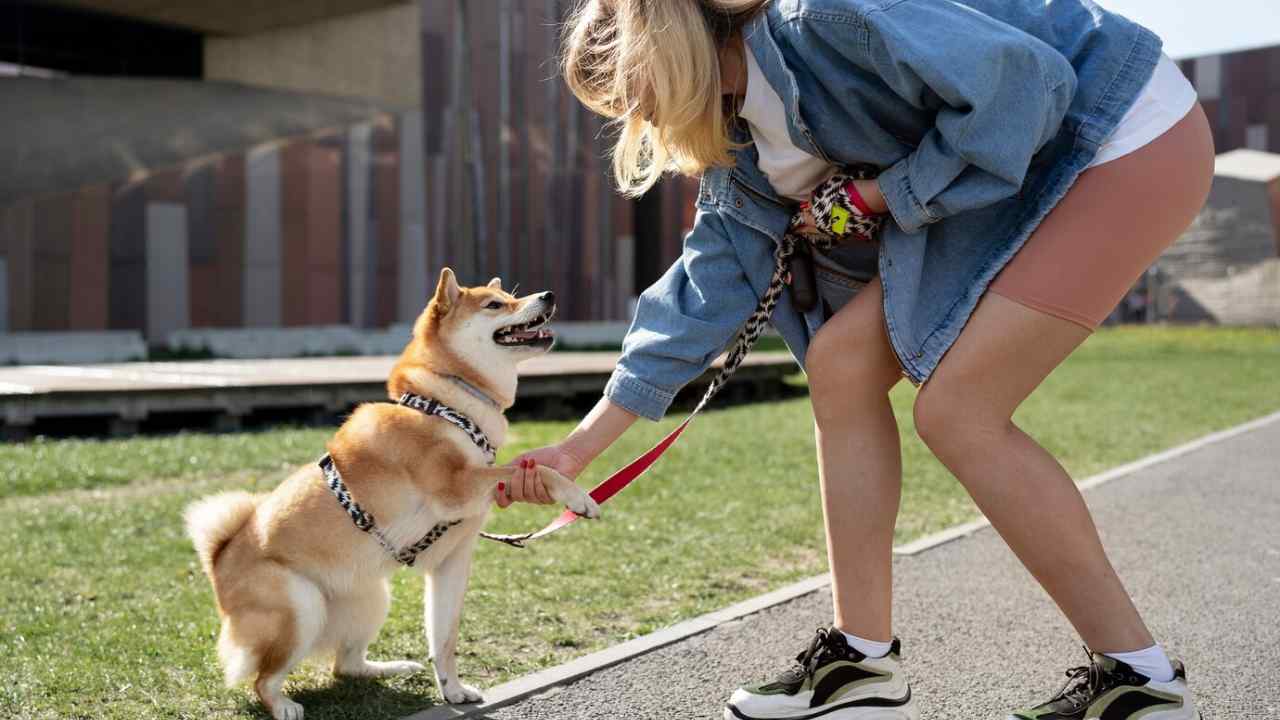
Start by focusing on a simple action your dog naturally does, such as sitting or lying down. Combine a spoken command with a hand gesture, and then give treats and praise as a reward for doing it right. Keep the training periods brief, no more than 5 minutes, to keep your dog interested. Gradually work your way up to trickier tasks like having your dog weave through your legs while walking or doing a rollover.
You can also build on tricks your dog already knows by creating sequences. For instance, teach your dog to sit, then lie down, and then sit up again. Adding more steps to these sequences is a great way to give your dog a mental workout.
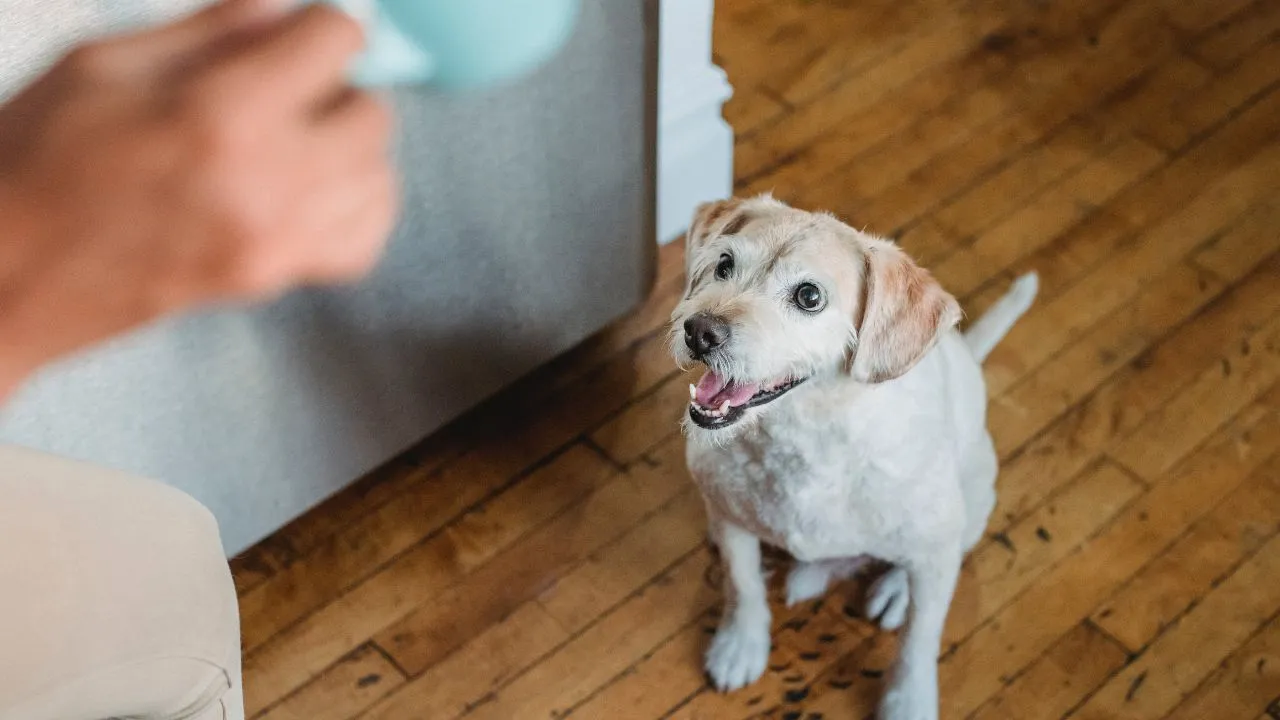
If your older dog is taking longer to learn, it’s a good idea to focus on revisiting basic commands they’re already familiar with. Practicing these known tricks can help prevent their cognitive skills from declining. Make sure to keep training sessions enjoyable and rewarding for your senior dog.
Introducing new tricks and behaviors to your dog offers concentrated mental stimulation and strengthens your connection with them. Cementing their existing skills through playful training maintains cognitive health and prevents boredom. Learning keeps your dog’s mind sharp and engaged.
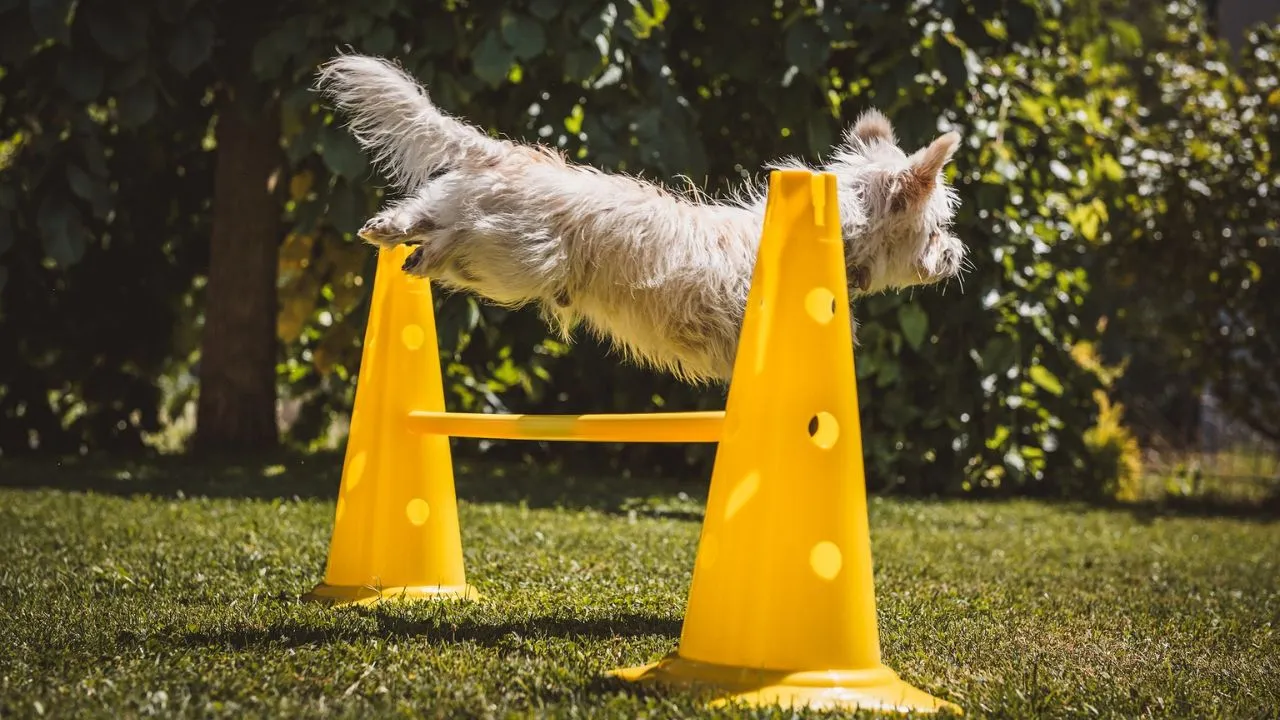
#6 Agility Training
Energetic and highly intelligent dogs excel at agility training activities. Running through tunnels, leaping over low hurdles, weaving through poles, and other agility challenges provide intense mental stimulation. Agility requires focus, physical dexterity, problem-solving skills, and close communication with you.
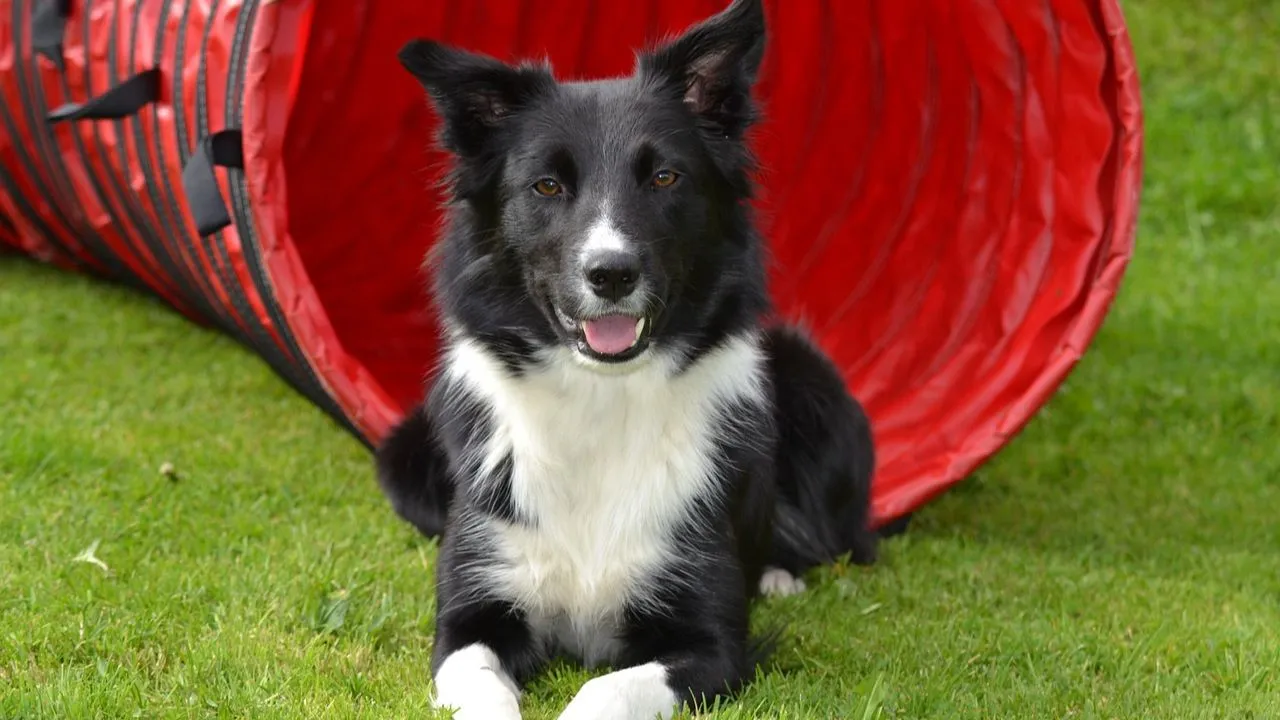
You don’t need specialized equipment to begin. Simple exercises, such as guiding your dog through a figure-eight around your legs or having them crawl under a lawn chair, can be great mental exercises. Start by utilizing everyday items in your home and yard to build your dog’s agility skills.
As your dog’s abilities develop, you might consider investing in more professional equipment like weave poles. However, it’s important to keep agility sessions brief, especially for beginners – aim for 5 to 10 minutes. Always conclude while your dog is still enthusiastic, using high-value treats and ample praise to keep the experience enjoyable. Remember, patience is essential as these complex behaviors are shaped gradually.
Agility training not only boosts a dog’s confidence and focus but also strengthens your bond, as it requires working closely together. Your dog will end these sessions mentally satisfied and tired.
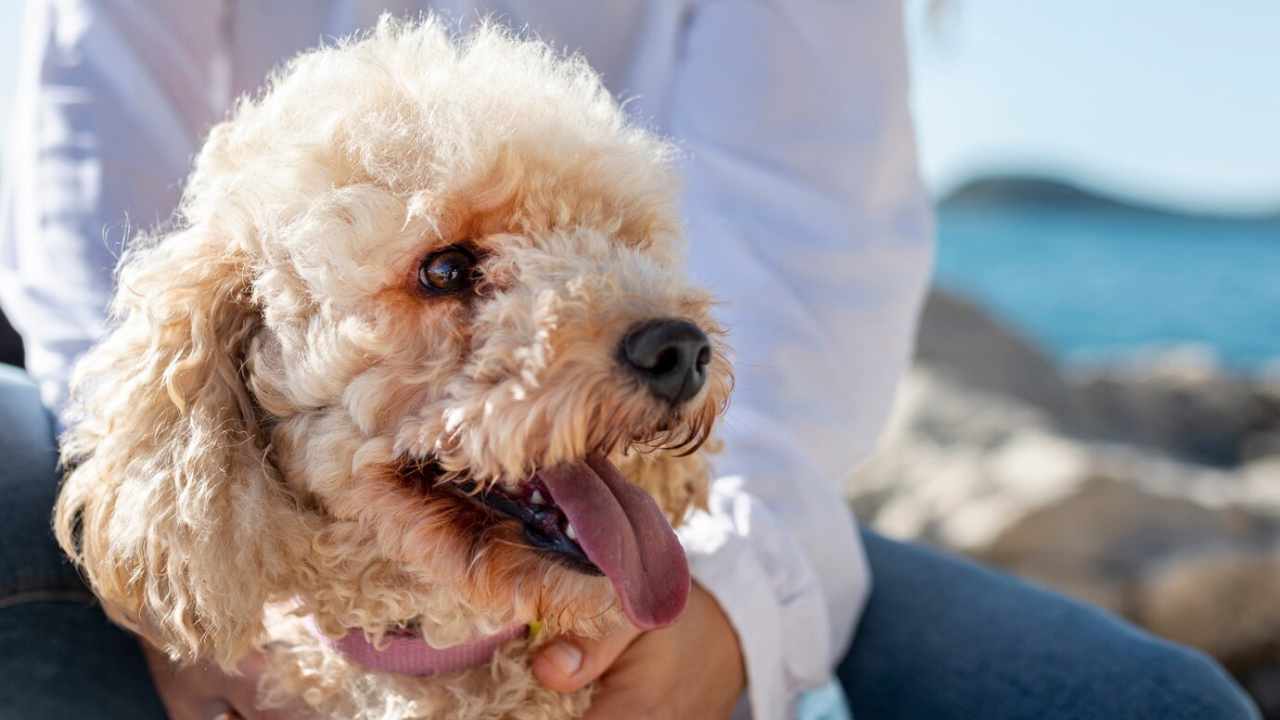
While competitive agility demands advanced skills, dogs at any level can gain cognitive benefits from basic agility activities. For safe and effective training, consider consulting a professional trainer to progressively enhance your dog’s agility skills.
Final Words
Thank you for reading. Remember, while we’ve covered several methods to mentally engage your dog, the key is variety and creativity. Any activity that challenges your pup’s intellect or mixes up their routine can greatly contribute to their mental stimulation and happiness. Feel free to use your imagination to invent new games and activities to enrich your time together with your pup!